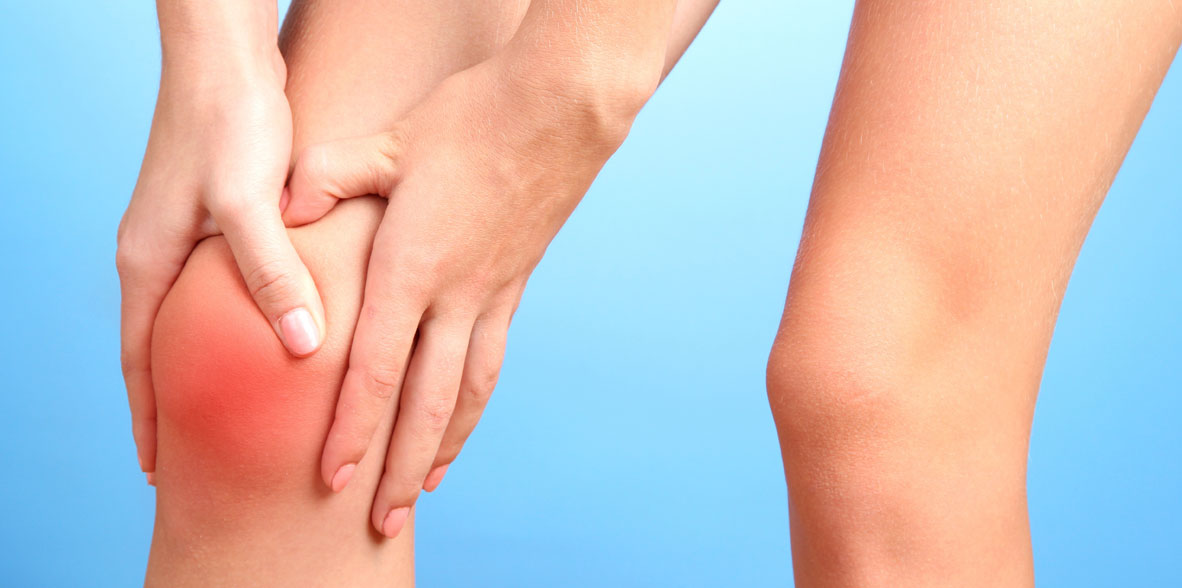

 Centro Médico Teknonen/health-centers/centro-medico-teknon
Centro Médico Teknonen/health-centers/centro-medico-teknon- Centro Médico Teknonen/health-centers/centro-medico-teknonHospital Universitari General de Catalunyaen/health-centers/hospital-universitari-general-catalunya
 Centro Médico Teknonen/health-centers/centro-medico-teknonHospital Universitari Sagrat Coren/health-centers/hospital-universitari-sagrat-cor
Centro Médico Teknonen/health-centers/centro-medico-teknonHospital Universitari Sagrat Coren/health-centers/hospital-universitari-sagrat-cor
De Quervain's tenosynovitis is a painful condition that involves inflammation of the tendons and the surrounding sheath (tenosynovium) on the thumb side of the wrist. It is named after the Swiss surgeon Fritz de Quervain who first described the condition. The primary tendons affected are the abductor pollicis longus and the extensor pollicis brevis, which are responsible for the movement of the thumb.
Diagnosis:
Clinical Examination: The diagnosis is primarily made through a thorough clinical examination by a healthcare professional. Specific clinical tests, such as the Finkelstein test, are commonly employed. In the Finkelstein test, the patient makes a fist with the fingers closed over the thumb, and the wrist is then bent towards the little finger. Pain along the thumb side of the wrist during this maneuver is indicative of De Quervain's tenosynovitis.
While imaging studies are not always necessary for diagnosis, they may be used to rule out other conditions or to assess the severity of the inflammation. Ultrasound or MRI may be employed to visualize the affected tendons and surrounding structures.
Treatment:
The initial approach involves minimizing or avoiding activities that exacerbate symptoms. Immobilization of the wrist and thumb with a splint or brace in a neutral position may be recommended to reduce stress on the affected tendons.
Applying ice to the affected area can help alleviate pain and reduce inflammation. Ice should be applied for short durations, using a cloth or towel to protect the skin.
Nonsteroidal anti-inflammatory drugs (NSAIDs), such as ibuprofen or naproxen, may be prescribed to reduce pain and inflammation.
In cases of persistent or severe symptoms, corticosteroid injections into the tendon sheath can provide rapid relief by reducing inflammation. These injections are administered by a healthcare professional.
A physical therapist may recommend specific exercises and stretches to improve the range of motion, strength, and flexibility of the affected tendons.
Adjusting activities to minimize repetitive thumb and wrist movements is important for managing symptoms and preventing recurrence.
Making ergonomic adjustments to workstations or using assistive devices can help reduce strain on the hand and wrist.
Surgical intervention may be considered if conservative measures do not provide relief or if the condition is severe. The surgical procedure involves releasing the tendon sheath to alleviate pressure on the affected tendons.
Individuals experiencing symptoms of De Quervain's tenosynovitis should seek medical attention for a proper diagnosis and personalized treatment plan. Early intervention with conservative measures is generally effective, and surgery is reserved for cases where non-surgical treatments are not successful.



































